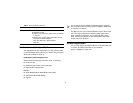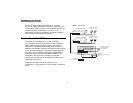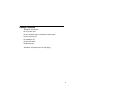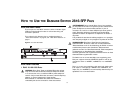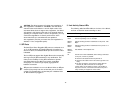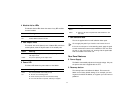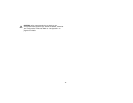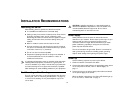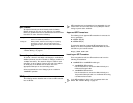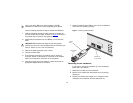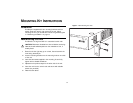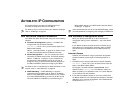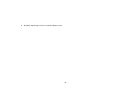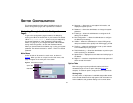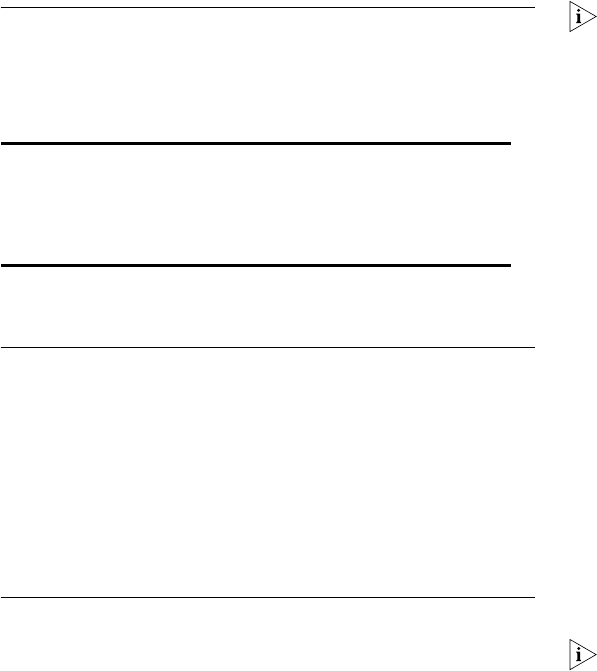
14
Spot Checks
At frequent intervals you should visually check the Switch.
Regular checks can give you an early warning of a possible
failure; any problems can then be attended to when there will be
least effect on users. Check the following:
If you experience any problems operating the Switch, refer to
“Problem Solving” on page 41.
Connecting to a Network Device
To connect a device to the Switch use Category 5 unshielded or
shielded (screened) 100 Ohm TP cable (or Category 3 cable for a
10 Mbps connection). The maximum length of cable for each
connection is 100 m (328 ft). Connect one end of the cable to
an RJ-45 port on the Switch and the other end to the
appropriate RJ-45 port on the connecting device.
3Com recommends the use of Category 5e or 6 cables for
1000BASE-T operation.
SFP Operation
The following sections describe how to insert an SFP transceiver
into an SFP slot.
SFP transceivers are hot-insertable and hot-swappable. You can
remove them from and insert them into any SFP port without
having to power down the Switch.
Approved SFP Transceivers
The following list of approved SFP transceivers is correct at the
time of publication:
■ 3CSFP91 SFP (SX)
■ 3CSFP92 SFP (LX)
To access the latest list of approved SFP transceivers for the
Switch on the 3Com Corporation World Wide Web site, enter
this URL into your internet browser:
http://www.3com.com
Inserting an SFP Transceiver
To be recognised as valid, the SFP transceiver must have the
following characteristics:
■ 1000BASE-SX or 1000BASE-LX media type:
■ 1000BASE-SX SFP transceiver
Use this transceiver to connect the Switch directly to a
multimode fiber-optic cable.
■ 1000BASE-LX SFP transceiver
Use this transceiver to connect the Switch directly to a
single-mode fiber-optic cable or to multimode fiber using
a conditioned launch cable.
If the SFP transceiver is faulty, it will not operate within the
Switch. See “Problem Solving” on page 41.
Cabling Check that all external cabling connections are secure
and that no cables are pulled taut.
Cooling fan Where possible, check that the cooling fan is operating
by listening to the unit. The fan is fitted near to the
front right hand side of the unit (when viewed from the
front).



